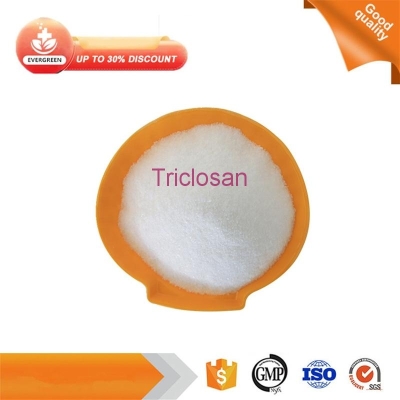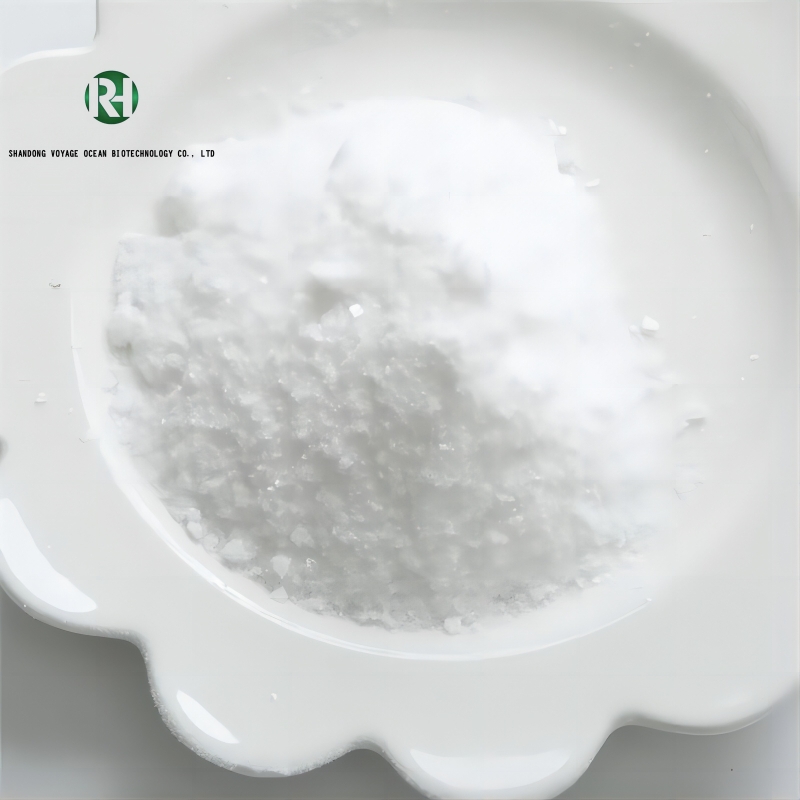In depth analysis: the main problems existing in China's pharmaceutical industry
-
Last Update: 2014-08-12
-
Source: Internet
-
Author: User
Search more information of high quality chemicals, good prices and reliable suppliers, visit
www.echemi.com
Source: China Chamber of Commerce for the import and export of medical and health care products (2014-8-12) (I) enterprise level problems 1 Small scattered phenomenon is prominent, lack of medical aircraft carrier In 2013, the main business income of the top 100 pharmaceutical enterprises in China accounted for only 45.1% of the total industry There were only four enterprises with sales revenue of more than 20 billion yuan, 11 enterprises with sales revenue of 10-20 billion yuan, 14 enterprises with sales revenue of 5-10 billion yuan, and 75 enterprises with sales revenue of 900-5 billion yuan Although the number of pharmaceutical enterprises in China is large, the scale is small In 2013, Johnson & Johnson's operating revenue reached 71.3 billion US dollars; Roche's 46.78 billion Swiss francs (52.22 billion US dollars) and GlaxoSmithKline's 26.5 billion pounds Compared with these multinational pharmaceutical enterprises, China lacks medical aircraft carriers and is difficult to compete with them From the perspective of market share of commercial enterprises, there is also a big gap In 2012, China's top three pharmaceutical business accounted for less than 30% of the total, and the top ten pharmaceutical business companies accounted for less than 45%; while the top three companies in the United States accounted for nearly 90% of the total, so it seems that the concentration of China's pharmaceutical business is relatively low The same is true for foreign trade enterprises that directly participate in international competition In 2013, of the more than 30000 pharmaceutical export enterprises in China, only 935, accounting for 3%, exported more than US $10 million; 41, more than US $100 million, 15, more than US $200 million, and 6, more than US $300 million The largest export enterprise also exported only US $784 million, unable to compete with transnational pharmaceutical enterprises at the same level 2 Low degree of internationalization and lack of transnational pharmaceutical enterprises The main production bases and markets of most enterprises in China are at home, and internationalization is limited to export products to foreign countries Although a few enterprises have taken steps on the road of internationalization in recent years, due to the lack of products with independent intellectual property rights, they are still in the stage of providing raw materials or undertaking entrusted processing for transnational pharmaceutical enterprises Only a few enterprises register, purchase or build new channels and factories in foreign countries, but their overseas business scale is very small, far from Have the proportion index of international business of international enterprises Generally speaking, only when an enterprise's international business reaches more than 2 / 3 of its total business can it really be called a transnational enterprise 3 Weak brand awareness and few famous brands Although China has well-known brands such as "Tongrentang" in traditional Chinese medicine, there are few well-known brands of Western medicine Even though there were some old pharmaceutical enterprises with good influence in the industry, with the development of the pharmaceutical industry, these old pharmaceutical enterprises have obviously lagged behind, can not stand at the forefront of industrial development, and the brand value is limited It is worth noting that some enterprises in our country do not have a strong awareness of brand protection, many famous brands are preempted in foreign countries, such as many old Chinese medicine brands are preempted in Indonesia, which makes our enterprises suffer a lot of losses Some enterprises in our country don't pay attention to brand cultivation, which has a certain relationship with the low entry threshold and low illegal cost of the pharmaceutical industry in our country Some enterprises only pay attention to short-term effect rather than brand cultivation, which makes the pharmaceutical brand in our country have a great crisis (2) Product level problems 1 Unreasonable structure, large proportion of low-end products The export of pharmaceutical products in China is mainly based on APIs, and the proportion of preparations is too low In 2013, the proportion of crude drugs exported by western medicine was as high as 82.2%, mainly low-end bulk APIs, and the proportion of characteristic APIs was too low There were only 14 kinds of 241 kinds of APIs exported, with an average price of more than 1000 US dollars per kilogram, 48 kinds of APIs over 100 US dollars per kilogram, accounting for 19.92%, and 45.64% varieties at 10 US dollars/ Below kg, it can be seen that the added value of China's export products is relatively low In addition, 97% of the preparations exported by China are generic drugs, and the proportion of pharmaceutical products with independent intellectual property rights is very low 2 Serious overcapacity of bulk products has resulted in internal and external battles There is a serious overcapacity of many raw materials products in China, such as 250000 tons of vitamin C capacity and 100000 tons of international market demand; 100000 tons of penicillin industrial salt capacity and 60000 tons of international market demand Although these products have a voice in the world, but the domestic overcapacity, resulting in export prices not to go up, often in the international market to fight for their own, not only lose money to make a call, but also often suffer from anti-dumping charges In addition, the production capacity of some preparations in our country is also seriously surplus 3 The number of preparations passing the high-end standard certification is small and the varieties are scarce As of the end of July 2013, 37 enterprises in China have passed GMP certification in Europe, America and Japan, and 5 enterprises have passed who certification The situation of API is slightly better China has submitted 1532 DMF documents to the United States, 463 of which have obtained EDQM cos certification, 421 of which are effective Although the enterprise has passed the high-end market certification, but due to the lack of research and development capacity, many enterprises are facing the awkward situation of production line without product production Although some enterprises have the application of certain production capacity, they mainly undertake the entrusted processing of overseas products and lack of independent intellectual property products (3) Channel problems 1 Weak international registration and certification ability, low access to high-end market At present, only 35 products in China have obtained the American anda number In 2011, Indian enterprises obtained 144 application certificates of simplified new drugs from FDA, accounting for 33% of the total number of Anda approved by FDA in the United States At present, there are 15 products that have passed who PQ certification in China, while 324 in India The main reasons are the lack of registered talents who are familiar with foreign drug market access laws and regulations and operation practices, and the lack of confidence in entering the registration market of products, which hinders the enthusiasm of Chinese enterprises to register products in the high-end market 2 There are few self owned sales channels in foreign countries, and the export mode is mainly order sales and entrusted processing Most of our enterprises have no branches and sales channels abroad Although a small number of enterprises have set up branches or representative offices in foreign countries to be responsible for product registration, promotion and maintenance, it is difficult to form stable and effective sales channels because they can not well penetrate into the foreign medical insurance system Fortunately, at present, some enterprises have established regional sales channels through purchase, joint venture, cooperation or self construction For example, Huahai pharmaceutical has entered 90% of the mainstream business channels in the United States through establishing its own channels 3 Poor after-sales service ability of medical devices and equipment There is a technical gap between China's high-end equipment and foreign well-known enterprises Due to the limited number of sales, the cost of after-sales service is high Most of the mainstream markets are monopolized by multinational companies The high-end equipment market in China is scattered, and excessively relies on price competition The service cost is not included enough, so it is difficult to complete the after-sales service In addition, there are a few enterprises in China who are not planning to provide after-sales service with speculative psychology These factors lead to the failure of after-sales service of medical devices in China and the loss of customer confidence, which makes China less and less opportunities in the international medical market.
This article is an English version of an article which is originally in the Chinese language on echemi.com and is provided for information purposes only.
This website makes no representation or warranty of any kind, either expressed or implied, as to the accuracy, completeness ownership or reliability of
the article or any translations thereof. If you have any concerns or complaints relating to the article, please send an email, providing a detailed
description of the concern or complaint, to
service@echemi.com. A staff member will contact you within 5 working days. Once verified, infringing content
will be removed immediately.







